Strolling through Córdoba, Spain
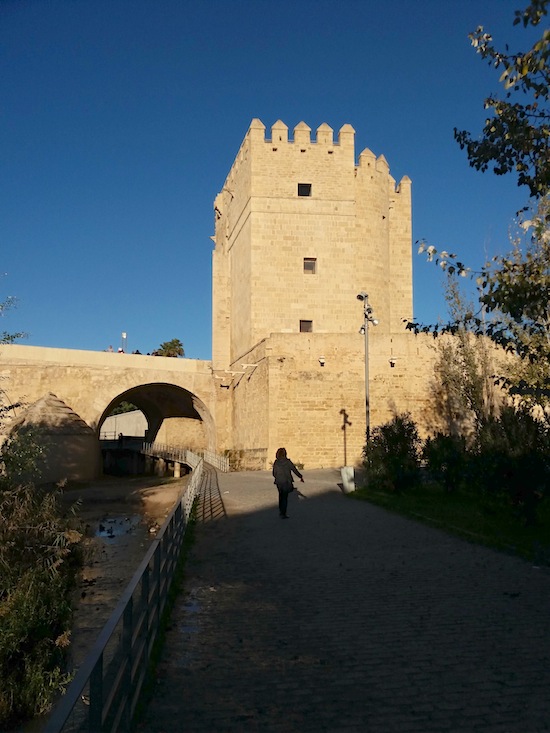
The Calahorra tower, on the far side of the Guadalquivir River
from Córdoba, protects access to the Roman bridge. It was
originally built in the Islamic period and rebuilt in 1369
Last week I wrote about the magnificent mosque/cathedral of Córdoba. While that’s the city’s main draw, there’s plenty else to see in this historic place. In fact, the entire city center, where most of the old buildings are, is one big UNESCO World Heritage Site.
The area, next to the Guadalquivir River, has always been inhabited. Evidence of Neanderthals has been found, as well as all the major phases of prehistory. A small prehistoric settlement became a city under the Carthaginians, who called it Kartuba. When the Romans conquered it in 206 BC, the name morphed into Corduba. Under the Romans, the city thrived, becoming the cultural and administrative center of Hispania Baetica. Seneca the Elder, Seneca the Younger, and Lucan all came from Córdoba. It was briefly under Byzantine rule from 552-572 AD before falling to the Visigoths.
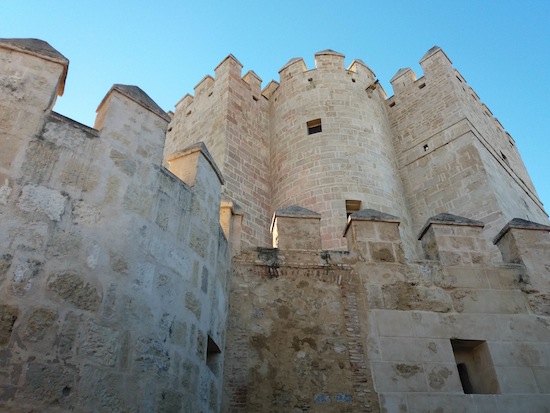
Another view of the Calahorra tower
For the next century and a half the city languished. Then, in 711, an Umayyad army conquered it as part of the rapid Islamic conquest of most of the Iberian peninsula. It became the provincial capital once again, and when Iberia broke away from the Caliph in Damascus, it became the capital of the Emirate (late Caliphate) of al-Andalus.
This launched Córdoba’s golden age. The city became hugely wealthy with architecture, schools, and craftsmen famous across Europe and the Mediterranean. By the tenth century, Córdoba was at its peak with an estimated population of 400,000, and may have been the largest city in Europe.
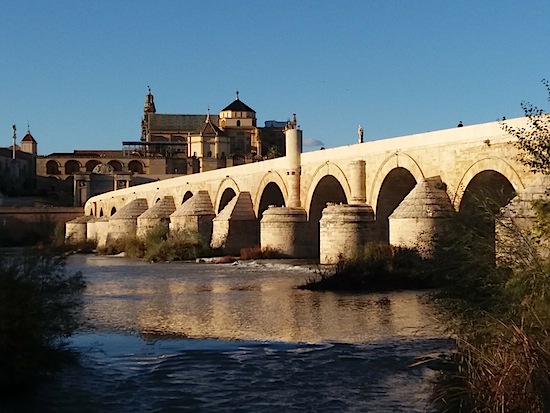
The Roman bridge was built in the first century BC and rebuilt
during the Islamic period on the original Roman foundations. It
is one of several still functioning Roman bridges in Spain. The
famous mosque/cathedral can be seen in the background.
The city was taken by a Christian army in 1236 as part of the Reconquista and began a long, slow decline. While it reamained prosperous for many years, it never recaptured its former brilliance. Still, it retained a large number of buildings from its Muslim, Christian, and Jewish communities.
Two sites I have not shown here are the Alcázar, which is a castle housing some impressive Roman mosaics, and the archaeological museum. We’ll look at those in later posts.
Photos copyright Sean McLachlan. More below!
Sean McLachlan is the author of the historical fantasy novel A Fine Likeness, set in Civil War Missouri, and several other titles. Find out more about him on his blog and Amazon author’s page. His latest book, Tangier Bank Heist, is a noir mystery set in the International Zone of Tangier in the 1950s.
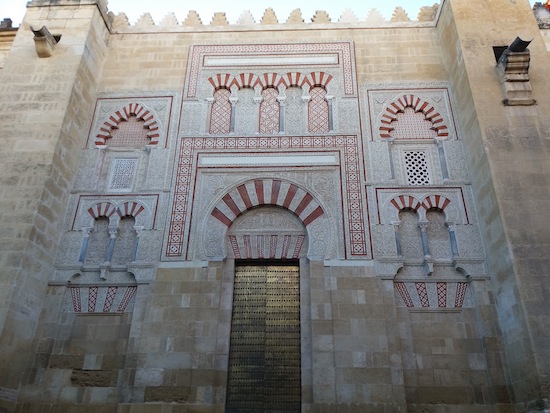
The mosque/cathedral dominates the city center. Here is one of its many gates
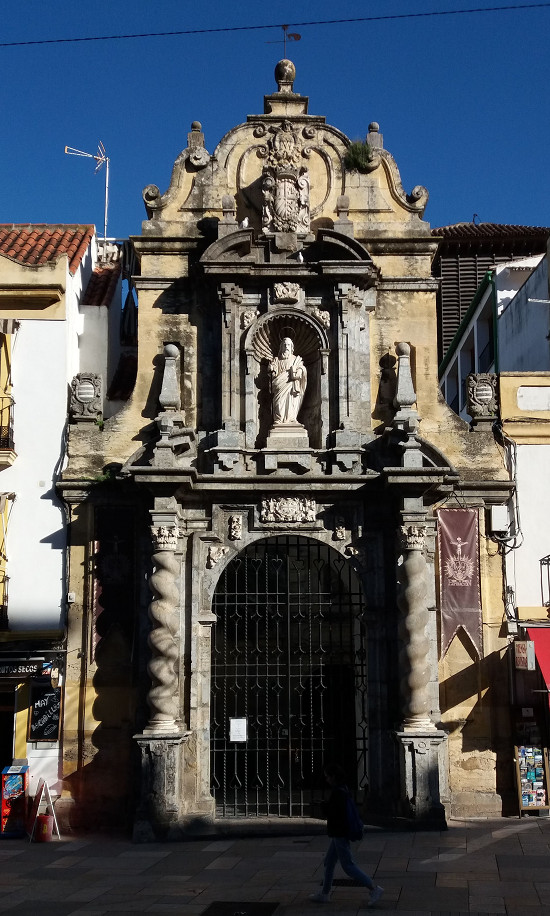
Entrance to an old stately home
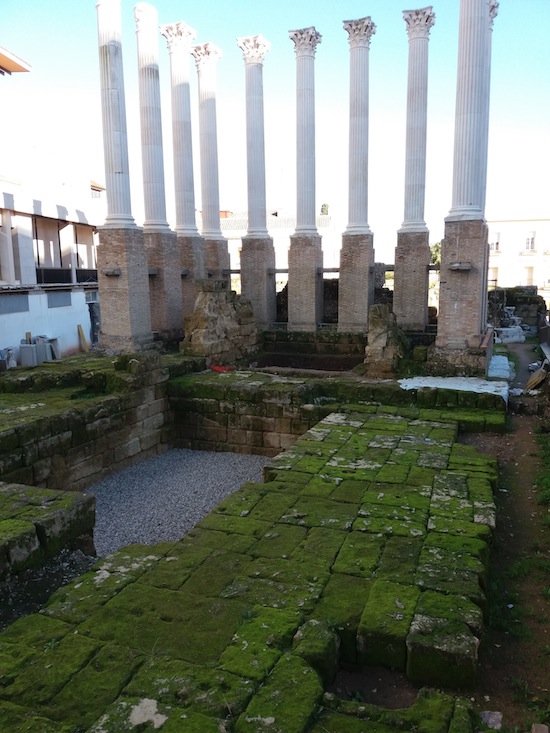
The remains of a Roman temple begun during the reign
of the Emperor Claudius (41-54 AD). It is unclear what
deities were worshiped here, but researchers believe
it was for the Imperial cult.
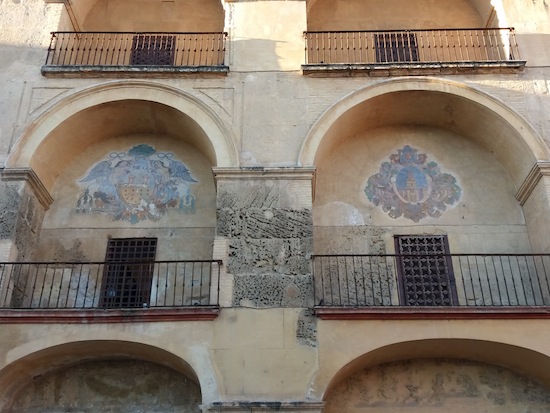
Painted decorations on a historic home
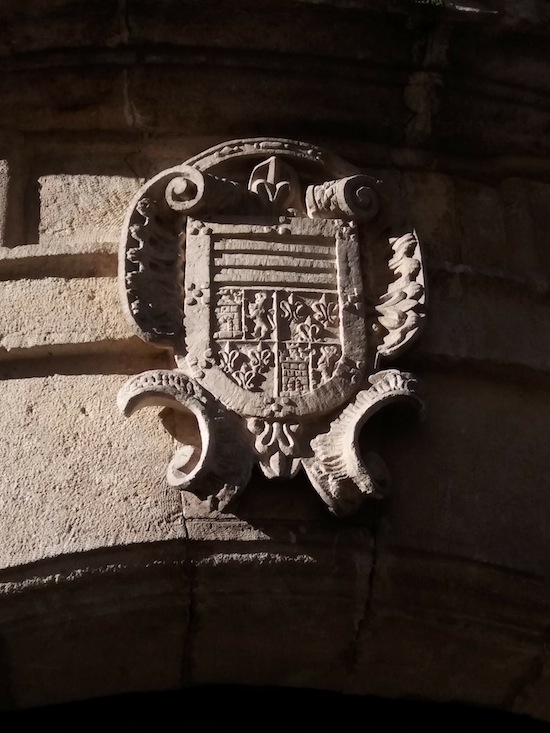
An escutcheon from the old city center
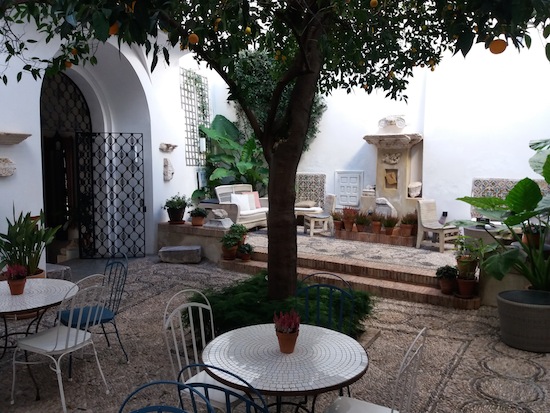
Some historic buildings have been turned into hotels such as
the Balcón de Córdoba, a former nunnery where my wife and I
stayed. The courtyard has lots of archaeological remains
picked up during renovations.
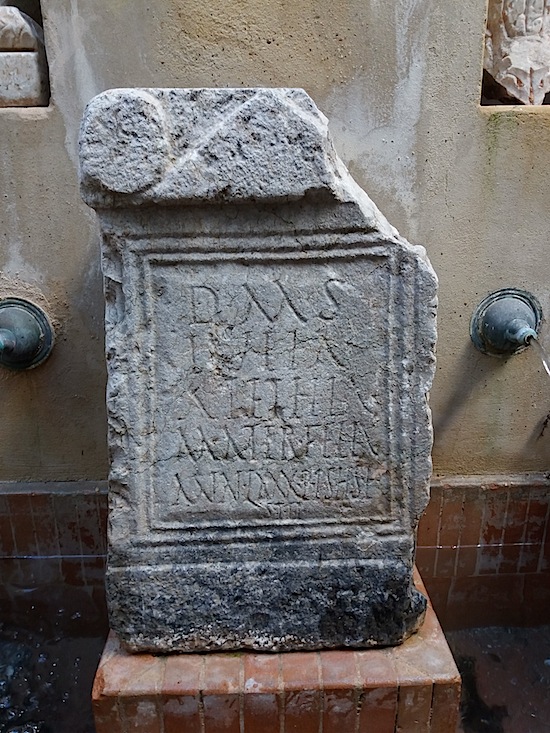
One of the artifacts on display at the hotel is this Roman grave
I love these articles Sean. I wonder how many clicks they get compared to other Blackgate posts.